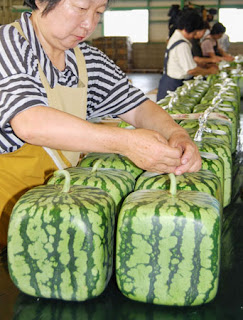
Naturally sweet and intoxicatingly delicious, berries also pack a punch with a myriad of health benefits. The enticing red, purple, and blue skins of berries contain bioflavonoids such as anthocyanins.
These compounds are beneficial because they are antioxidants, which reduce free radical damage. The antioxidant content of berries is more potent than vitamins C and E. The anthocyanin in berries also helps to reduce inflammation - more effectively even than aspirin!
The blueberry wins extra points for being the berry with one of the highest level of antioxidants. Blueberries have neuroprotective properties that shield brain cells from damage caused by trauma, chemicals, and plaque; in other words, blueberries help slow down the age-related onset of memory loss, Alzheimer's, and senility.
In fact, research has found that rats bred to develop Alzheimer's do not develop the symptoms of the disease if blueberries are incorporated into their diet.
Cherries also contain these beneficial anthocyanin compounds, which stimulate your pancreas to produce insulin; for hundreds of years Chinese researchers have observed that cherries help keep diabetics healthy.
These compounds also protect you against cancer, arthritis, and heart disease because they lower cholesterol. So I recommend that you eat lots of cherries and other dark-colored fruits to maintain balanced blood sugar and enjoy a healthy long life!
Go for Goji Berries, "the Superfruit"
While we are on the subject of berries, let's talk about a well-known member of the traditional Chinese herbalist's arsenal of herbs for thousands of years: goji berries. Also known as lycium berry and wolfberry, this fruit native to China has long been known for its tonic effects, especially on vision, hormonal system and the brain.
Goji berry contains polysaccharides, which stimulate the immune system and signal the pituitary to secrete human growth hormone. Goji also has the highest concentration of carotenoids, especially beta-carotene, of any plant in the world, making it a powerful antioxidant.
The berry is traditionally used together with other Chinese tonic herbs to increase sexual potency and fertility. Rich in linoleic acid (precursor to GLA), riboflavin, selenium, calcium, vitamins B and C, zinc, and other trace minerals, these berries are safe to use and have been used for thousands of years in Asia.
















